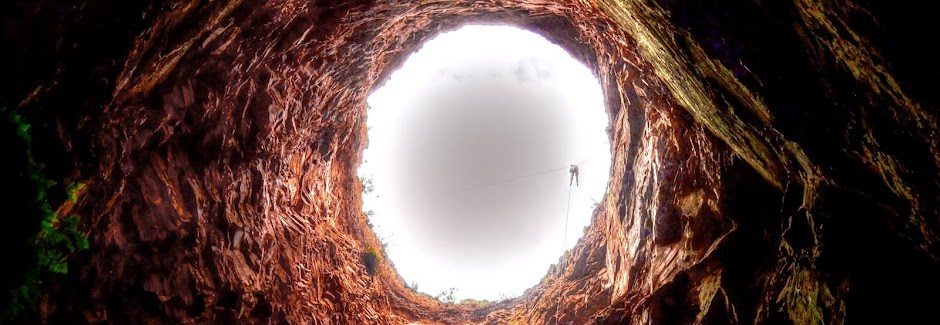by Dave Ingold
Anyway, using our new bleeding-edge survey gear we surveyed and mapped the cave to millimetre precision and will return another day to tackle the remaining caves. Apologies for the pics: It was an overcast day with a washed-out sky and, underground in SA's caves, dust is a huge problem, reflecting flash as round artifacts that look like balloons in the image. Thanks as always to my fellow cavers - this time Pete Kenyon, Gerrie Pretorius, Sharron Reynolds and Leon De Kock - I look forward to our next encounter with the underworld!






























































